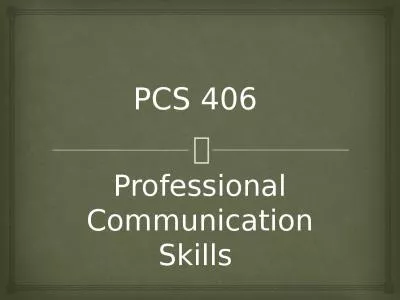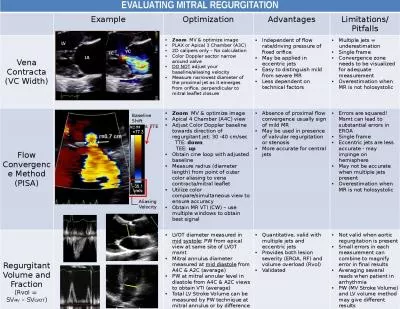PPT-Researching Regurgitation
Author : lois-ondreau | Published Date : 2016-06-15
By Colin Hascup Period 1 13 Introduction We dissected owl pellets to find out what the b arn owls ate My comparative question was Where do owls eat the most prey
Presentation Embed Code
Download Presentation
Download Presentation The PPT/PDF document "Researching Regurgitation" is the property of its rightful owner. Permission is granted to download and print the materials on this website for personal, non-commercial use only, and to display it on your personal computer provided you do not modify the materials and that you retain all copyright notices contained in the materials. By downloading content from our website, you accept the terms of this agreement.
Researching Regurgitation: Transcript
Download Rules Of Document
"Researching Regurgitation"The content belongs to its owner. You may download and print it for personal use, without modification, and keep all copyright notices. By downloading, you agree to these terms.
Related Documents














